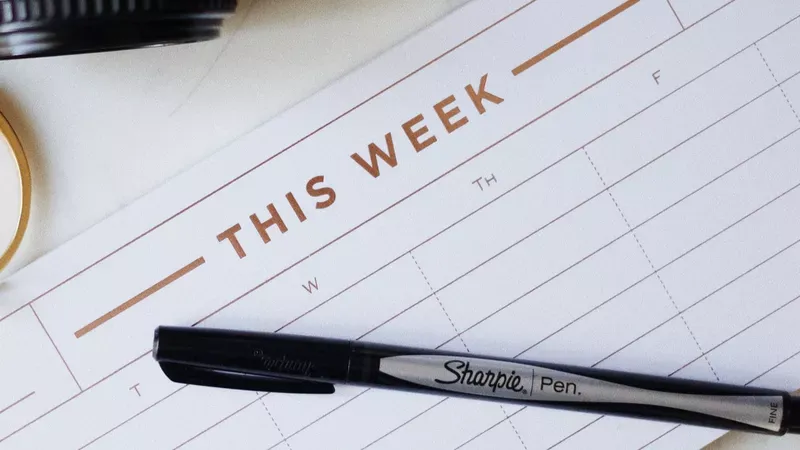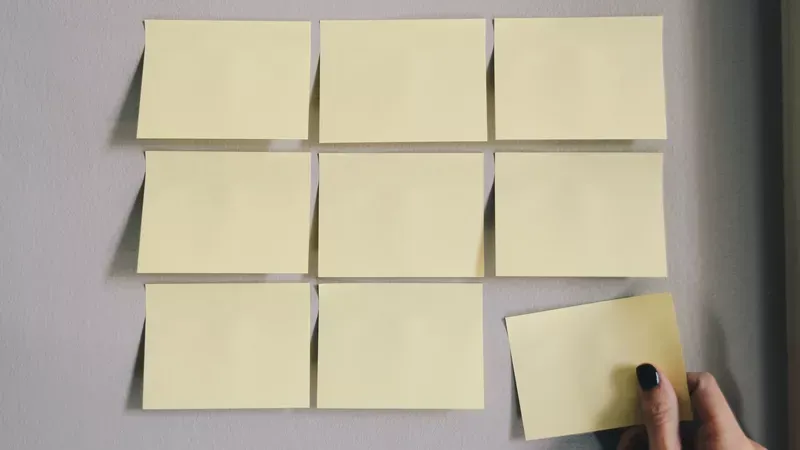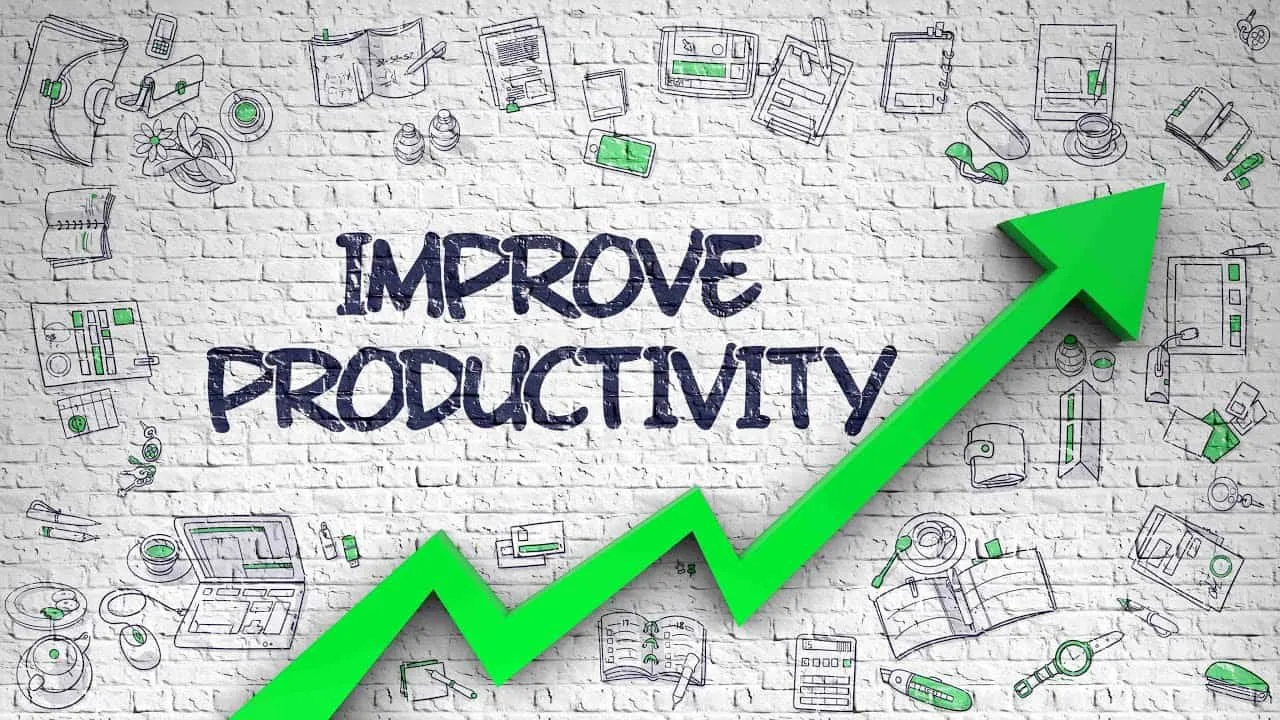As business owners, we know that time is a precious commodity. We never seem to have enough of it and the time we have is always quickly running out. This is a grim outlook shared by many professionals, especially in your line of work. rvResortScout has talked to several campground owners, and they all share the same common concern: I don’t have enough time to complete all my daily tasks. What is our solution? Time blocking. Set up specific blocks of time that are designated to accomplish certain tasks. No matter how well your campground is doing, you can always work on your time efficiency.
We found this to be true even in exceptionally well-run campgrounds where everything seemed to go smoothly. Yet, the owners of these parks often had the same worries. So, we have put together a quick list of ideas and scheduling tricks you can use to optimize your day. As a reminder, time blocking only works if you truly stick to it. Plan your day and do your best to stick to it.
Of course, everyone has heard of scheduling your day to improve your efficiency, but how should you go about this? What tasks should you focus on first? And what else should be done to maximize your efficiency?

Declutter Your Workspace
Simple as this task may be, it could ultimately be the difference between completing 10 tasks in a day or getting stuck on one task your whole workday. A clear workspace equates to a clear mind, and for many people, this is the kick they need to start their day. When I design my “time-blocking” schedule, I designate 10 minutes to declutter my workspace at the start of every day. I find it’s an easy way to ease myself into the workday.
If your desk/workspace is nice and neat, you are more likely to stay focused on your work instead of getting distracted by other irrelevant news. Just imagine you have your phone, tablet with games, and food all piled on your desk. All it takes is one notification from your favorite game or app to steal you away from your work. Next thing you know, you’ve wasted 45 minutes sitting around playing “Candy Crush” and snacking on some chips.
Now there is nothing wrong with having some snacks around or even bringing your tablet to your workspace. The issue lies in where you keep them. They should be tucked away and used only during designated break times. We will dive into these designated break times a little further into this article.
Why Decluttering is a Must In Certain Businesses
Decluttering your workspace might even be more important when you have a customer-facing business model. When you have a meeting with a customer, you want them to focus on you and the words you say. Having distractions such as numerous trophies or interesting art pieces might steal the attention away from the important information you share. As a campground owner, making sure your reception desk is decluttered is a great way to help your customers stay happy and your stuff organized.
Take a moment to identify things in your workspace you can do without. Be sure to keep only the essentials out and put away anything else that could cause a distraction. Every morning you should do a quick inventory of the items on your desk. Be sure you have set aside a planning period when you are “time blocking” to accomplish this task. If it’s more than you need, either toss them out or put them out of sight. Following just this one simple rule is virtually guaranteed to help boost your production immediately.

Setting Up Your Schedule: Set Tasks at the Start of the Week
Each week I spend approximately 30 minutes setting up what I hope to accomplish for this upcoming week. I set deadlines, rough estimates of how long each task will take me to complete, and the next step in that task (if applicable). Doing this gives me an idea of how much work I have for the upcoming week and, more importantly, how I can schedule my time.
Scheduling your most important tasks in the front of the week has always given me the best results. If you have the opportunity to use Sunday as a rest and recharge day, then you can use Monday as the day that knocks out your most challenging task for that week. You will be as fresh as you can be and have the most energy to tackle that task. Plus, once you knock out the most challenging task of the week, you know everything should be smooth sailing from there on out.
Using either a virtual calendar synced with your phone or a physical calendar can greatly increase your overall productivity. Knowing exactly what you need to accomplish for the upcoming week gives you a sense of direction and gives you a goal to shoot for. If you are a person who loves checking off tasks, you can further organize your calendar into a checklist, and as you complete these tasks, you can check them off your list.
Quick Tip
There’s a chance you might fall behind on an activity or two. To combat this, I always schedule an extra hour or two as a catch-up period in my time blocking calendar. This period allows me the time to catch up on work that I might have fallen behind on. If you’re running on time for all your tasks for the week, you can then either use this time as a strategic break from your workweek, review your completed tasks, or get a jump start on another task you have planned for the week.

Time Blocking: Group Small Tasks Together
Small tasks are time killers. Even tasks that seem extremely small can take you a long time to complete if you are not careful with your time. Schedule these small tasks together and take them out in bulk. For example, if you need to change your email signatures on each of your email campaigns and send a test email, those tasks should be grouped. It wouldn’t be as efficient to change your email signatures, do another task, and then once again switch back to testing emails.
Taking those 30 minutes at the start of the week is when you get the time to see what tasks you need to complete and which tasks can be grouped. Always try to group tasks that you can complete at the same time. There is no sense in working twice as hard and wasting twice as much time. As the old saying goes, “work smarter, not harder” value your time help yourself free up valuable time as you group these small tasks together.
Bonus: As a bonus tip for this section, create a spreadsheet of all the tasks you can complete together. This lets you know which tasks you can do together in a timely and efficient manner.

Identify Distractions
I know as well as anyone, distractions are a killer. Similar to how you want to declutter your workspace, you want to identify and remove possible distractions. Unfortunately, our biggest distraction comes from our cell phones or, even worse, our family members. Silencing your cell phones and turning them off while working is always an option, but doing the same with family members might not be looked upon so favorably.
Our cellphones are contently buzzing with app notifications, emails, calls, texts, and more. All of these things can be extremely distracting and time-consuming if you let them be. Near the top of this article, I mentioned “designated break times” when they come into play. Designated break times play a key role in overall production and your mental health while you are working. Schedule them in your time-blocking calendar.
Everyone takes breaks at their own pace and decided when breaks are best for them, but a few rules you can follow is the simple 1 hour/5-minute break rule. Or something even quicker, such as a 20-minute working/ 5-minute break rule. Whatever your style is, first define it and then stick to it. If you feel as if it is not working, you can make the necessary tweaks. Feel free to check your phone, send off texts, or close your eyes and recharge for the next work period during your break periods. Whatever your strategy may be, be sure to stick to it, and more importantly, DO NOT let these two areas overlap one another.
Friends and Family
Now onto the tricker subject: Family/friend distractions. Especially when working from home, your family and friends can be some of your biggest distractions. Even at work, if a loved one is calling you, it is not always easy to ignore them. The best thing you can do is be honest about your work schedule and what you need to accomplish. They will likely understand and give you the time and space needed to complete your tasks. And remember, you always have those designated break times to address the needs of family and friends.

Scheduling Tips: Pomodoro Technique
Thousands have used a proven technique known as the Pomodoro technique to improve their overall work efficiency and workflow. Similar to the ideas listed above, the Pomodoro technique utilizes work blocks followed by short rest periods. Here is a quick breakdown of how to use the technique and why it is so effective.
You start by picking one task that you want to focus on and laser your focus on that task. Then you begin to work for 25-30 minutes on that task non-stop with no distractions around. After the 25-30 minutes is up, you can take a 2-3 minute break. You continue this for 4 sessions, each time marking down an X in your notebook for every completed session to help you keep track. After the fourth session, you can take an extended break. Perhaps a 20-30 minute recharge or even slightly longer if your work schedule allows. If you’re interested in learning a bit more about the Pomorodo Technique, check out this quick write-up Forbes did on it and how one of their writers uses it to maximize his day.

Efficient Energy
Know when you are at your peak energy performance. For some of us, it is the moment we wake up. Some people can get out of bed and are ready to take on the world. Other people take a few hours to get into the swing of things before they are ready to take on the bigger challenges of the day. And then there is the night crew. People like me can stay up until 3-4 AM writing articles, pumping out email sequences, and creating explainer videos for your website. Whatever time you work best at, identify it, and take on your most challenging problems at that time. Become a time-blocking master and craft your schedule around your most productive working times.
When creating your schedule, don’t schedule easy tasks during the periods of the day when you have the most energy. Simply put, it’s a waste of good energy on a simple task that you could do in your sleep. Schedule those marathons, the never-ending tasks when you have the most energy, and those quick 10–15-minute tasks when you’re finally bogging down. This way, you stay productive during the whole workday.
Think about your daily schedule, when you wake up, when you feel the freshest, and when you feel like it’s time to take a nap. Once you have identified these time periods, you can schedule your workday around them. This allows you to become the most efficient and productive version of yourself.

Time Blocking: The Wrap Up
This article outlined a few effective ways to increase your productivity using scheduling tricks, decluttering methods, and laser focusing your energy on specific tasks. It is now up to you to take the next step and apply some or all of these techniques to your daily workflow. I can promise you that these techniques will increase your productivity, efficiency and may even play a positive role in your overall mental health.
Please take a moment to snap a before and after picture of your desktop or other cluttered workspace and submit them here. The ones with the best before and after pictures will win a free 6-month period on rvResortScouts Premium Directory Listing. I look forward to seeing your results.



